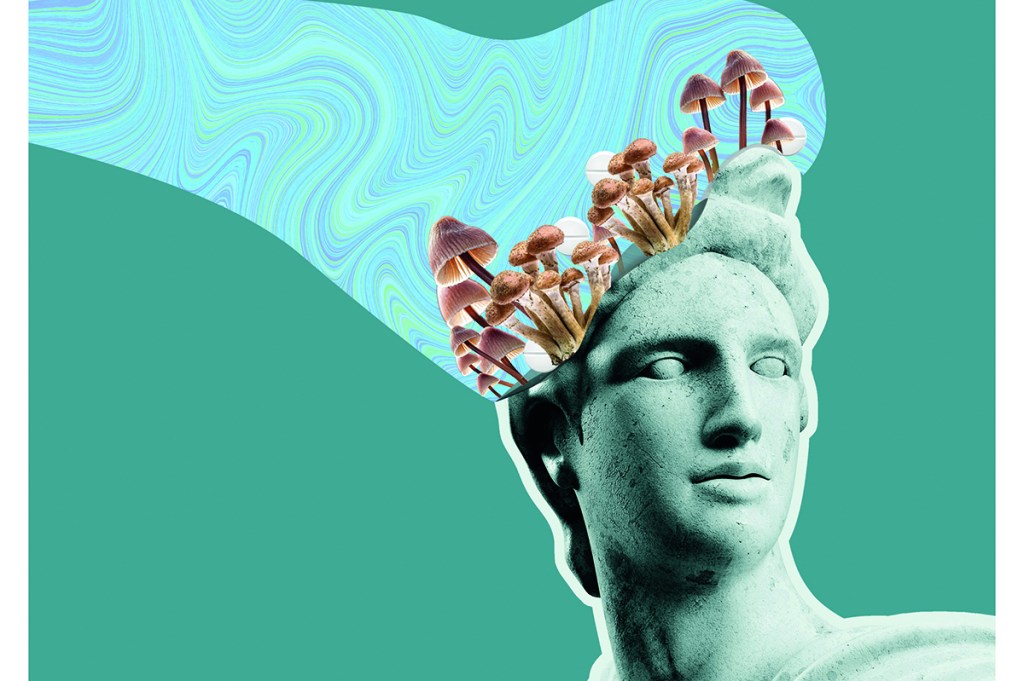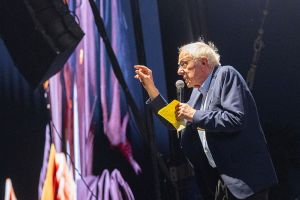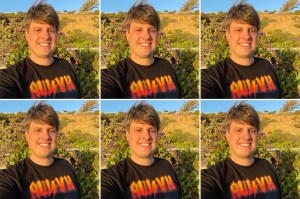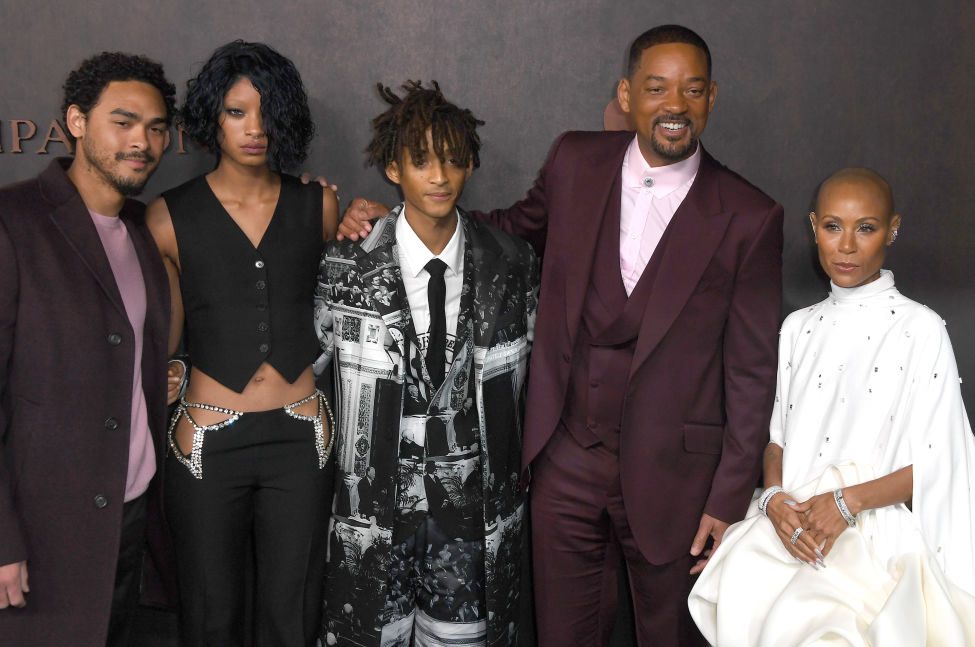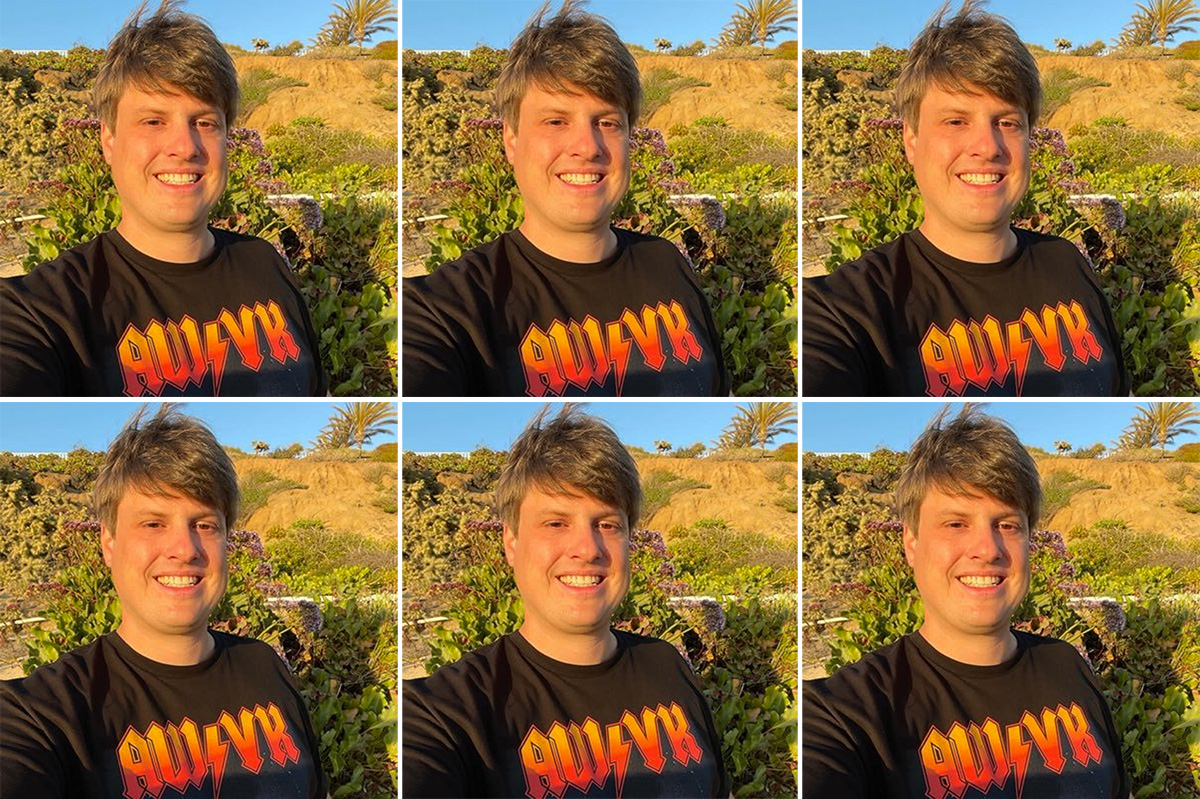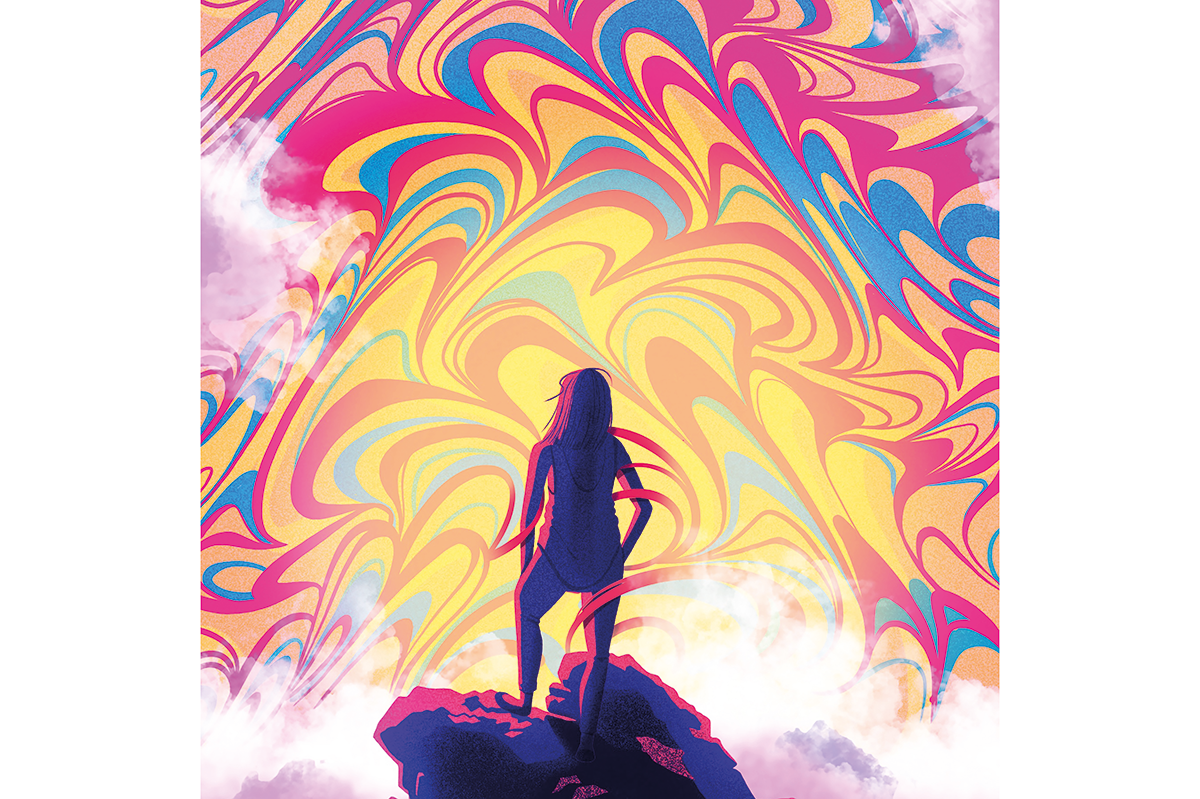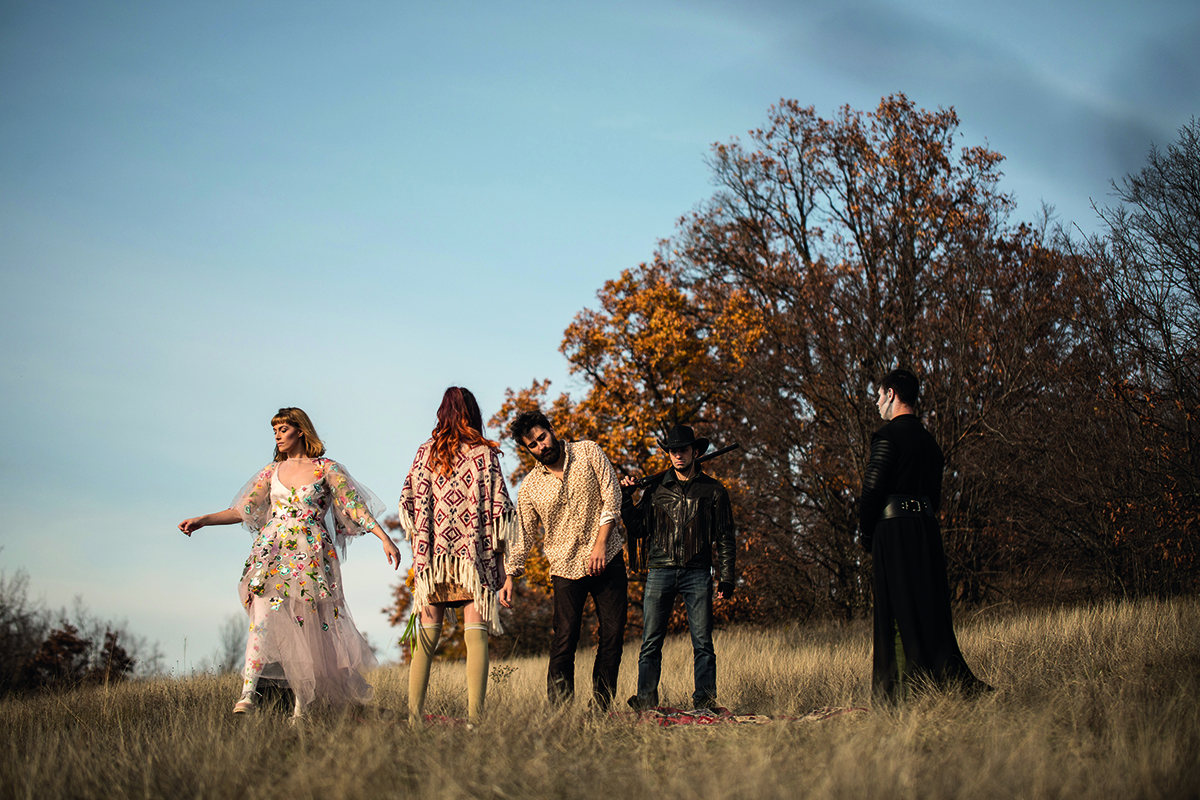Rothbury, Michigan exists in a similarly strange duality to the small towns of Woodstock in New York and Glastonbury in Somerset on the other side of the Atlantic. It is a village of little consequence once you separate it from the famous music festival associated with it. But when the electronic dance music (EDM) extravaganza Electric Forest happens, Rothbury — 432 inhabitants, according to the 2010 Census — gets its annual day in the sun.
The hatchet-faced Michigan state troopers, standing to mark the turnoff from the main road through the village toward the festival didn’t return our eager waves from the car. But the smoldering opprobrium of The Man was soon forgotten amid the fields and woodlands of the Double JJ Resort that braves hosting the festival. A heady mix of escapism and hedonism filled the air, compounded by the near-omnipresent smell of marijuana. It didn’t let up for four days of dance-music mayhem, nor did the beaming faces of revelers, many of whom were high on far more than weed.
Admittedly it took me a while to pluck up the courage to see things their way. But by day three, I decided to put to the test all I had heard and read about the use of psychedelic drugs to treat post-traumatic stress disorder (PTSD) among military veterans. Despite leaving the British army in 2010, I was still doing a bit of handwringing over my part in Iraq and Afghanistan, and this in spite of some of it being great fun.
“Be careful, you’re about to discover everything they told you is a lie,” one of my festival companions told me about a tiny piece of paper I’d just placed under my tongue.
It turned out he had a point. The result was revelatory. At one stage I thought my brain was about to explode, and I’d have been smiling as it happened, showering everyone dancing around me in glutinous goo. The good vibes managed even to percolate through to the stern state troopers incongruously patrolling the festival grounds during the day: I saw two return fist bumps offered by smiling dancing merrymakers. The Man is, after all, still human.
For many who lived through it, America’s counterculture peaked at the end of the 1960s at a “high water mark — that place where the wave finally broke and rolled back,” as Hunter S. Thompson described it in his 1971 Fear and Loathing in Las Vegas. Around the time Thompson wrote his lament, psychedelic drugs were made illegal around the world. The early research into the potential therapeutic qualities of psychedelics that had been championed by Aldous Huxley in his short 1954 book, The Doors of Perception, suddenly halted. Huxley’s memoir of conscientious mind exploration had become a bible for the Timothy Leary generation, and their “Turn on, tune in, drop out” hedonism was too much for The Man.
Now, however, psychedelic science is undergoing an international renaissance, and gaining media attention and traction among scientists, doctors and the wider public sphere. It’s no surprise the US is leading here. Americans played a pioneering role in those heady days of sexual liberation and communitarian experiment. The US also has an enormous population of veterans who have seen active combat over a sustained period, from Vietnam to Afghanistan, and the subsequent energetic probing into what makes PTSD and “moral injury” tick.
Ongoing research indicates that psychedelics can bring relief to those suffering from severe PTSD when paired with talk therapy. Psychedelic-assisted therapy seems to allow the brain to better process painful memories, which in turn helps the brain to heal itself. There is talk of also helping address other mental health conditions that stubbornly resist treatment, ranging from substance abuse and obsessive-compulsive disorder to phobias, eating disorders and depression.
After first having my eyes opened to the powers of psychedelics — something like the “lifting off the corner of the universe and looking at what’s underneath” that William Broyles wrote about in his 1984 Esquire article “Why Men Love War” — I soon discovered that taking them on your own carries its own risks. The solitary user can become increasingly addled and, especially if there is a mental-health issue like PTSD or moral injury crouching in the corner, unable to focus on resolving the real problem. As those recent studies show, for psychedelics to effectively contribute to repairing psychological damage, they need to be twinned with old-fashioned talk therapy.
At the end of 2009, shortly after my Afghanistan tour, I took a month-long road trip through the Southwest; a trip aimed at helping me forget what had happened in the other desert. At that stage I suspected Hunter S. Thompson had over-egged the diminishment of liberty angle, as the US still appeared to me to be the standard-bearer of unlicensed freedom. Things look different now. The evidence keeps mounting: the US hasn’t moved on much from those 1960s clashes that pitted a youth revolt steeped in psychedelia and free sex pushing for peace, equal rights and love for Mother Earth against a mechanistic, greedy and soulless modern society.
That ideological clash has become even more complicated and entrenched today. The ossified and greedy establishment now includes ever bigger Big Tech and even bigger Big Business, and these corporate actors are increasingly forging a bogus alliance with the latter-day “counterculture” of illiberal progressives. This unholy united front is pushing blunt doctrines edited by LGBT rights activists and Critical Race Theory devotees through everyone’s mailboxes. It leaves me wondering what happened to the all-embracing and welcoming spirit emanating from the collected masses at Electric Forest. “What an amazing place this is — everyone is so friendly, helping each other out, sharing food and camping stuff,” reflected one young reveler. “It makes you wonder why people can’t be like this all the time in society.” With their Pew Research-designated attitudes — “confident, self-expressive, liberal, upbeat and open to change” — millennials can make for very good company.
The style of EDM that I heard at Electric Forest, a wall of discordant noise underpinned by a relentless bassline, seems an ever more appropriate commentary on these turbulent, jarring times we are living through. The US is riddled with people addicted to painkillers and antidepressants. Now there are increasing concerns over the expanding marijuana-industrial complex that is Big Dope. Despite the need to alleviate the suffering of veterans, there’s an inherent risk in continually widening the ways a nation can escape reality through mind-altering means.
As good vibes take a nosedive in America, moderate liberals and conservatives find themselves having to get their own countercultural game face on — despite many not having a countercultural bone in their bodies — to push back and protect free speech and individual liberty. The culture wars are enough to make your brain explode.
This article was originally published in The Spectator’s February 2022 World edition.



